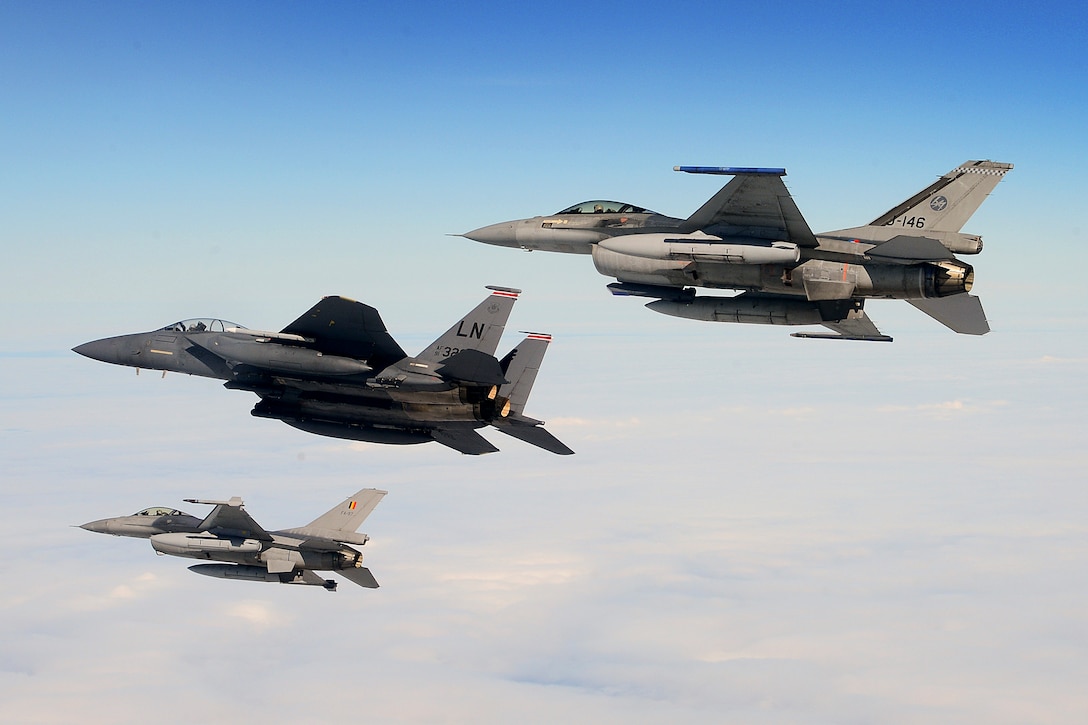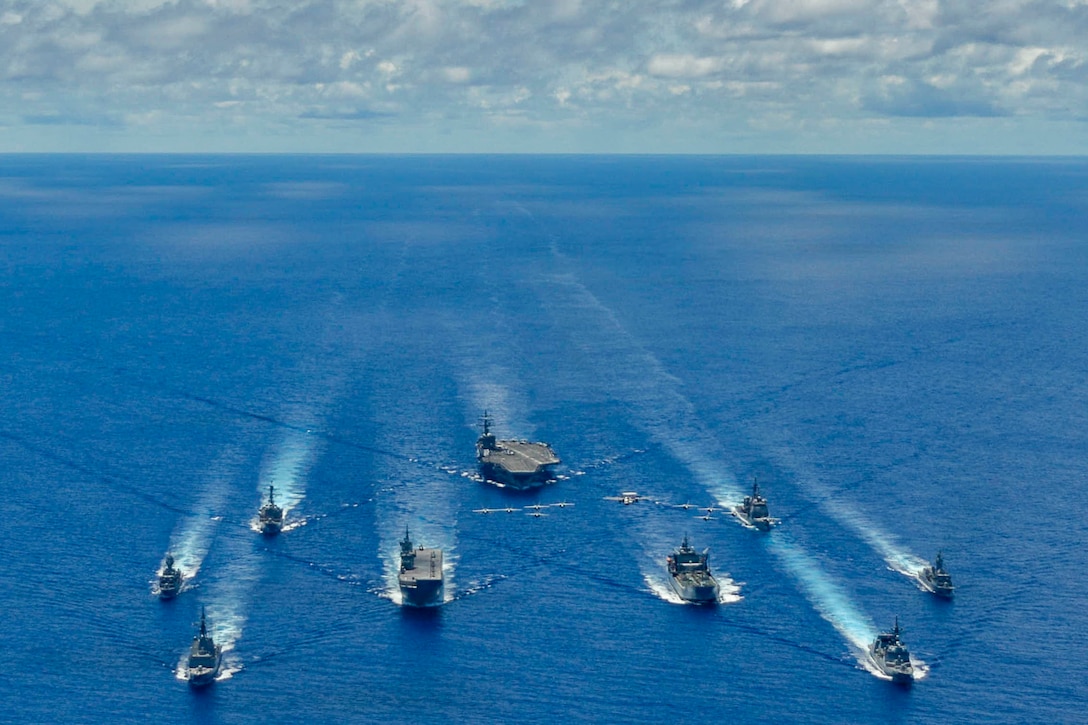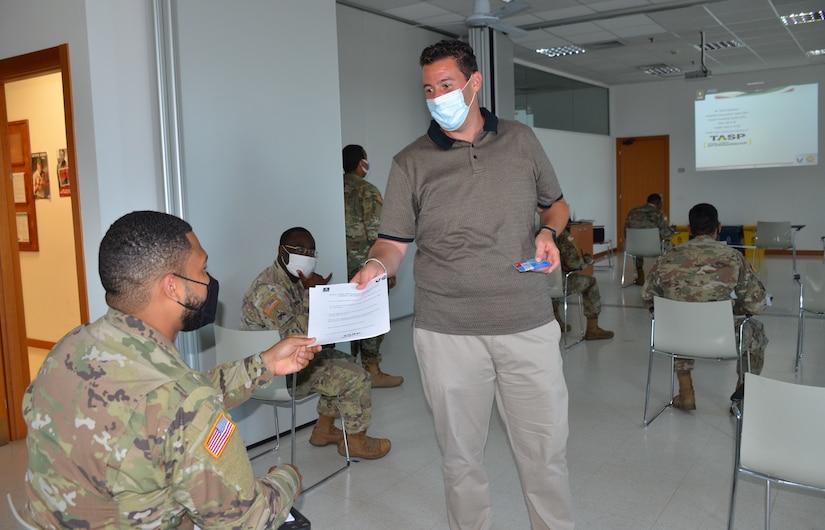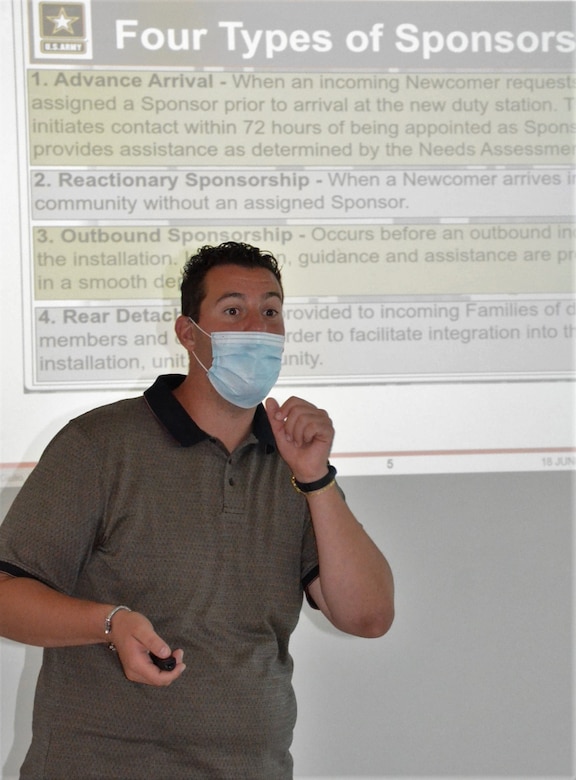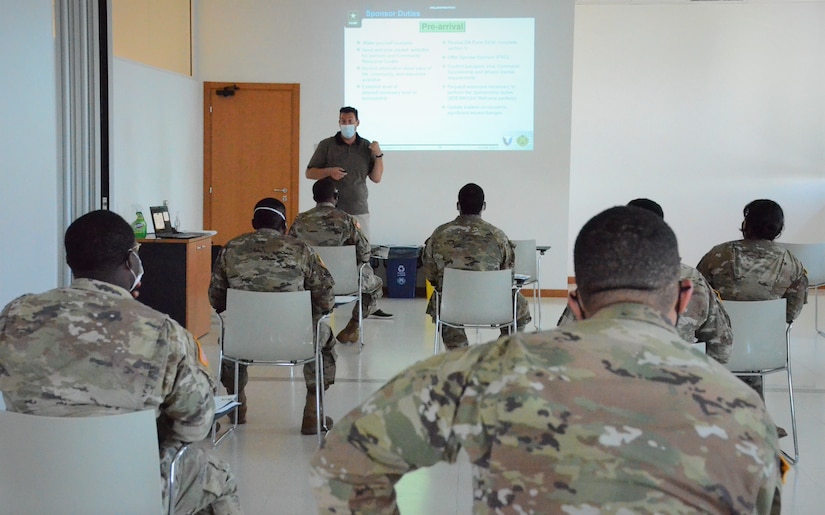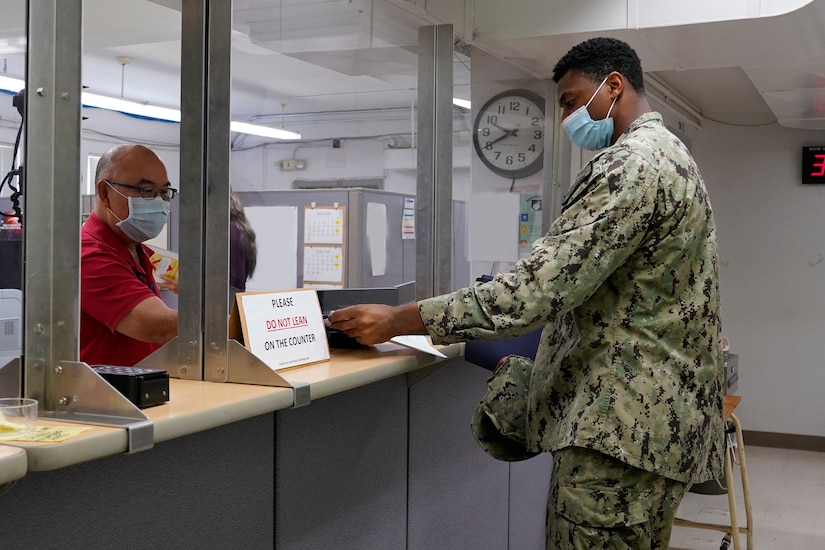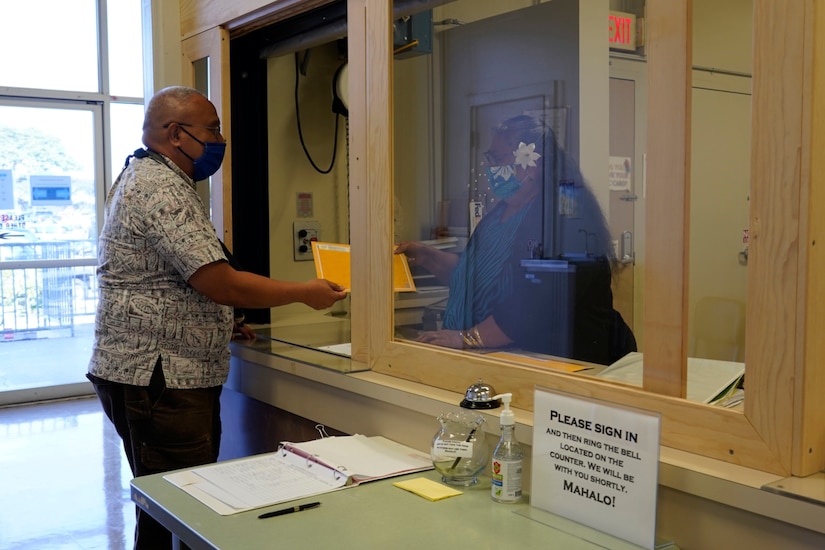As conditions change in the Arctic region, the Department of the Air Force has revealed a new strategy for how it will contribute to regional stability there, what new partnerships it should pursue and how its mission might evolve.
Within the U.S. military, the Department of the Air Force has the largest presence in the Arctic region, with assets in both Alaska and Greenland. As the environment changes in the Arctic, new routes for transportation have opened up and new resources are being discovered. This creates both new opportunities in the region as well as new security challenges, the secretary of the Air Force said.

"Historically, the Arctic, like space, was characterized as a predominantly peaceful domain," Barbara A. Barrett, said today during a panel discussion hosted by the Atlantic Council. "This is changing with expanded maritime access, newly discovered resources and competing sovereign interests."
Russia, she said, has the largest permanent military presence in the Arctic — no other country matches its presence there.
"Recent Russian investments in the Arctic include a network of offensive air assets and coastal missile systems," she said. "The Arctic defines Russia. Almost 25% of Russia's [gross domestic product] comes from ... north of the Arctic Circle, ... mostly from hydrocarbons."
Barrett said that Russian economic reliance is one explanation for its growing military initiatives in the region. But Russia is not alone in its interest in the Arctic. China, which is not itself an Arctic nation, has also staked claims there, she said.
"China is trying to normalize its presence in the Arctic to gain access to regional resources, which are said to include over 90 billion barrels of oil and an estimated trillion dollars' worth of rare earth metals," she said. "In 2018, China linked its Arctic activities to its 'One Belt, One Road' initiative. Many are concerned that China may repeat what some see as predatory economic behavior, to the detriment of the region."
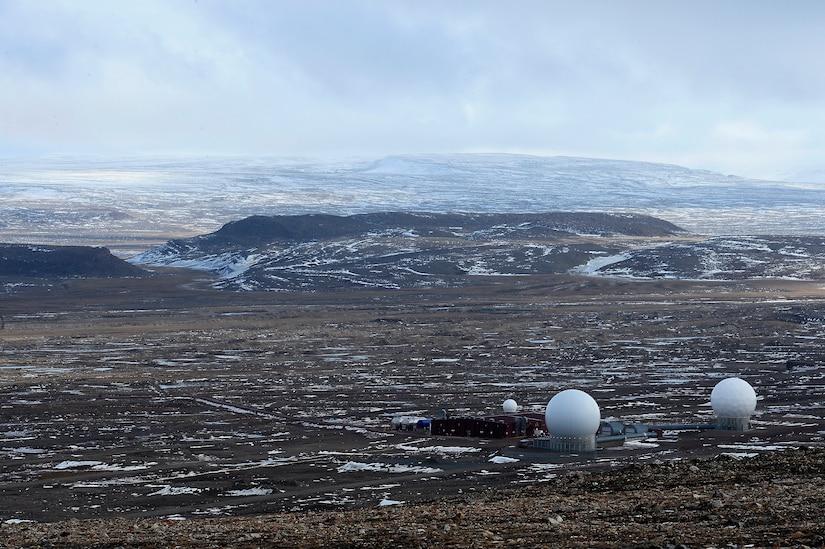
As long-time Arctic occupants increase their activity there, and newcomers begin staking claims as well, the Department of the Air Force has developed, as part of its Arctic strategy, four strategic priorities to guide its involvement in ensuring the United States is equally and fairly represented in the region.
First, Barrett said, the department is increasing vigilance for both deterrence and defense in all domains.
"Vigilance encompasses everything from weather forecasting and consistent communications, to threat detection and tracking," Barrett said. "Physical facilities delivering vigilance include advanced systems like the long-range discriminating radar at Clear, Alaska, and the north warning system, stretching from Alaska to Labrador."
Second, Barrett said, is a focus on projecting power through a combat-credible force.
"Bases in Alaska benefit from the region's strategic geography," she said. "When the full complement of planned F-35s arrive at Eielson Air Force Base, Alaska's unparalleled concentration of fifth-generation fighters will project unmistakable influence."
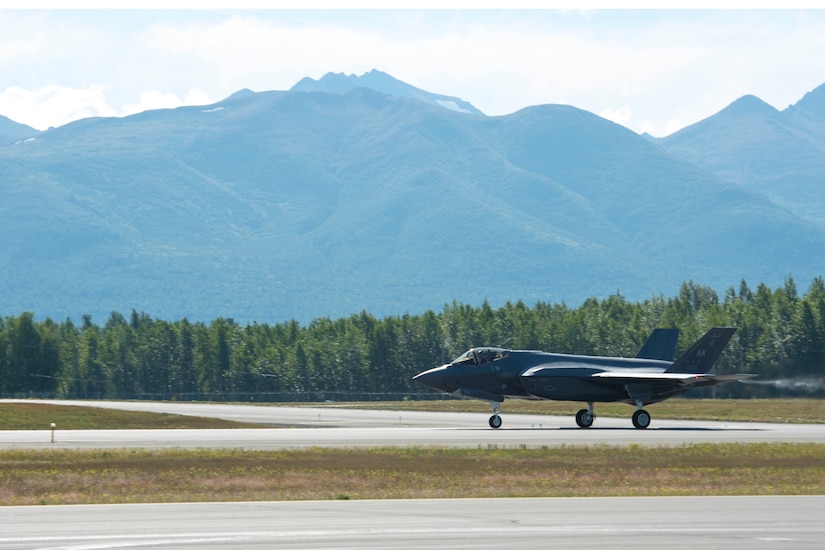
Third, the Department of the Air Force will continue to focus on cooperation with existing allies and partners and on building new partnerships — a goal aligned with the National Defense Strategy.
"The United States deeply appreciates its strong defense relationships with six of the seven other Arctic nations," she said. "Building upon past collaboration and expanding existing cooperation in the Arctic will continue as our priority. Already, air and space forces are increasing interoperability with allies and partners through everything from military exercises to satellite launches."
Finally, she said, the Department of the Air Force will focus on preparation for Arctic operations.
"For example, at Alaska's [Joint Pacific Alaska Range Complex], the Air National Guard and the Air Force Reserve augment specialized exercises and training to prepare for Arctic air and space missions."
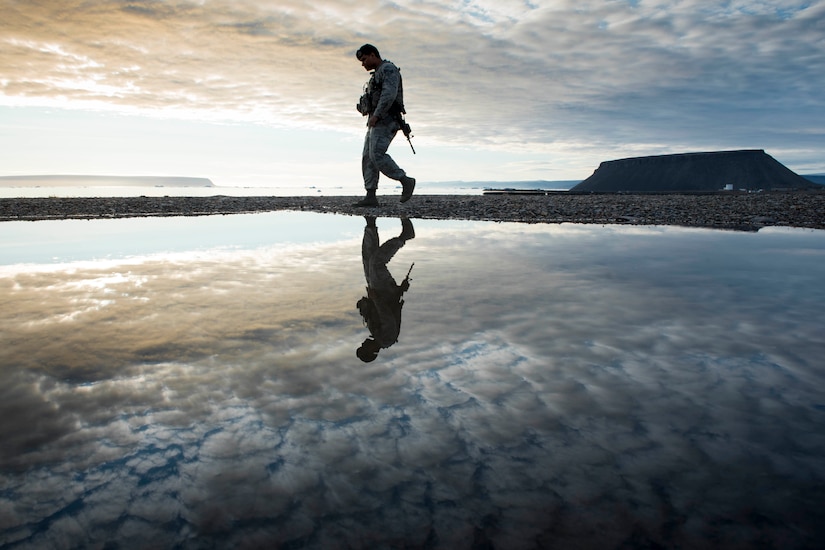
The Department of the Air Force isn't alone in operating in the Arctic, Air Force Chief of Staff Gen. David L. Goldfein said. Successfully operating in the Arctic and ensuring free access to the region by the United States and its allies will require a joint effort from all U.S. services, including the Coast Guard.
"The Department of Defense does its very best work when we operate as a joint team," Goldfein said. "While this is [the] Department of the Air Force strategy, it is completely nested with and must stay nested with the Coast Guard, ... with the Navy, and with the Army, and with the Marine Corps."
Goldfein said he and Space Force Gen. John W. "Jay" Raymond, the chief of space operations, are working through a concept called "joint all-domain operations" that addresses the need for a joint effort in the Arctic.
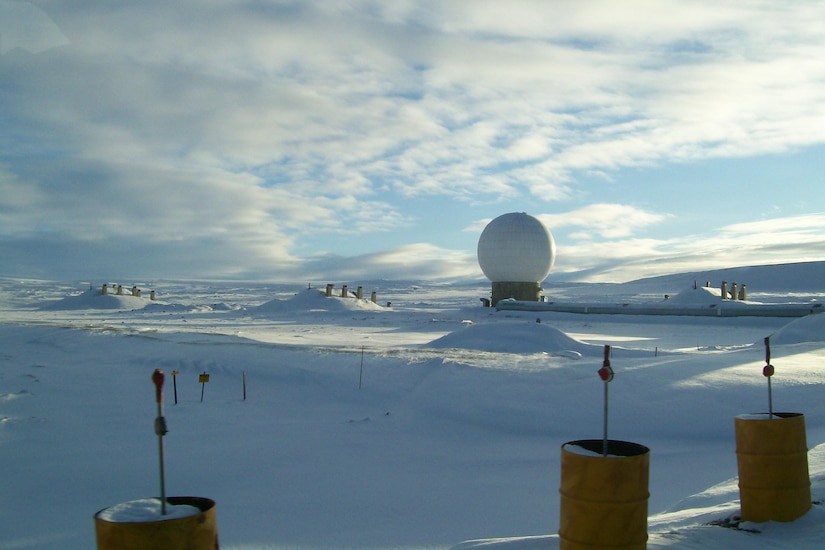
"It's a technological approach, but it really at the end feeds a leadership approach to joint operations, across the spectrum, from peacetime and competition, all the way to open warfare," he said. "No one domain is going to be dominant in that operation. The whole idea is to connect this team so that we can bring to bear military capabilities, from air, from space, from surface, from subsurface, manned, unmanned, all of the above."
The Space Force is new to the Department of the Air Force, but Raymond said space operations have happened in the Arctic for a long time now — and the environment in the Arctic is ideal for conducting those operations.
"If you look at one of the most critical missions that we do, and that's missile warning, the Arctic is our front edge of that mission," Raymond said. "We do that mission both at Thule, Greenland, north of the Arctic Circle, with our space professionals that are assigned there at Thule Air Base. We also do it in Alaska, at Clear Air Force Station."
Raymond said the Arctic's geographic location makes it the best place to conduct space operations.

"If you look at the key terrain aspect of that environment, we also command and control satellites," he said. "If you're going to command and control satellites that are in polar orbits, where better to do it then on top of the world at the pole? It allows us to get great access to those satellites to be able to command and control and do that business. So that geography and the position on the globe ... makes it an extremely advantageous place to operate from."
Barrett said the Department of the Air Force's new Arctic policy involves both the land-based military air power the Air Force provides and the space-based capabilities provided by the Space Force.
"The U.S. air and space forces value the Arctic," she said. "Access and stability require cooperation among America's allies and partners, along with a commitment to vigilance, power projection, and preparation. The Arctic should remain a free and open domain for benevolent actors, and it is a critical domain to protect America's homeland."
